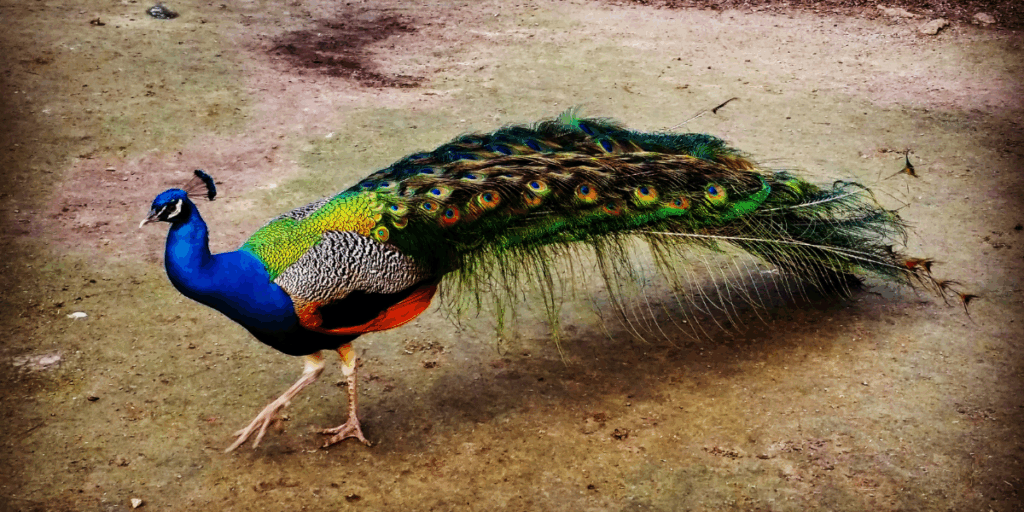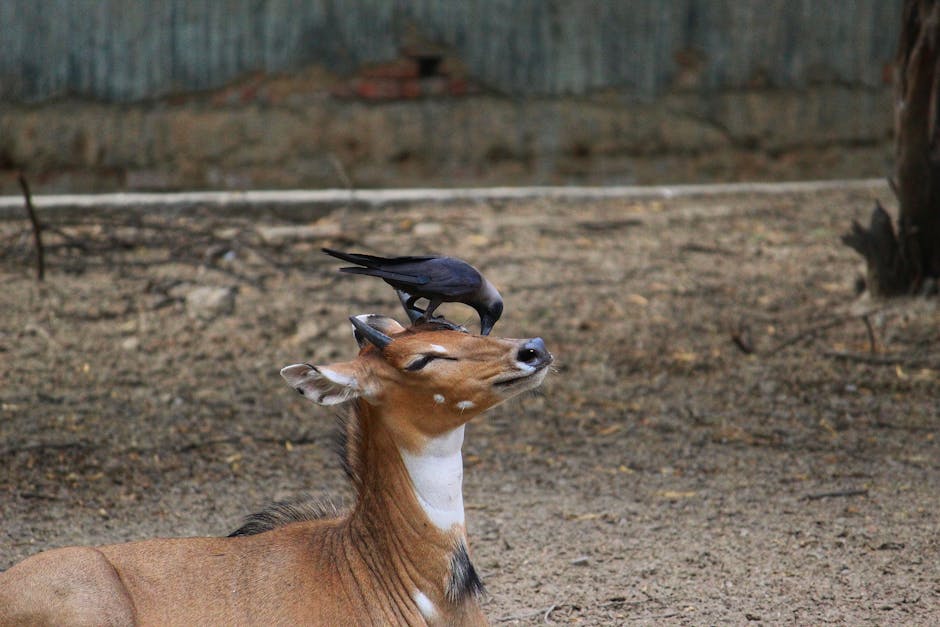Have you ever wondered what the national bird of India is? This bird is more than just a symbol—it holds a special place in the hearts of millions.
Knowing about it can deepen your connection to India’s rich culture and natural beauty. By the end of this article, you’ll discover fascinating facts about this majestic bird that might surprise you. Ready to uncover the story behind India’s national bird and why it means so much to the country?
Let’s dive in!
National Bird Of India
The national bird of India is the Indian Peafowl, also known as the Peacock. It is famous for its colorful feathersand beautiful tail fan. The peacock is a symbol of grace, beauty, and pride. It is found in many parts of India and is an important part of Indian culture and tradition.
The Indian Peafowl is also the national birdbecause it represents the country’s rich wildlifeand natural heritage. It is a protected speciesunder Indian law to keep it safe.
Significance Of The Peacock
The peacockholds a special place in Indian culture and tradition. It is a symbol of beauty and grace. People admire its colorful feathers and proud stance.
In religion, the peacock is linked to many gods and goddesses. It represents purity, protection, and good luck. Many temples have peacock images as sacred signs.
Artists and writers often use the peacock as a symbol. It appears in paintings, poems, and stories. The bird shows elegance and wonder, inspiring creativity across India.
Physical Characteristics
The national bird of India, the Indian peacock, has bright blue feathers and a long, colorful tail. Its unique eye-like patterns make it easy to recognize. This bird is known for its graceful dance during the mating season.
Appearance And Colors
The national bird of India, the Indian Peafowl, has a striking look. The male has shiny blue and green feathers. Its body shines with a mix of bright blues and greens. The long tail, called a train, shows eye-like patterns in green and gold. Females are smaller and less colorful, mainly brown and dull green.
Distinctive Features
- The male bird has a long, colorful tail used to attract mates.
- Both males and females have a small crest on their heads.
- The eye-like spots on the male’s tail are unique and beautiful.
Habitat And Distribution
Indian Peafowls live in forests, farmlands, and near human homes. They are mostly found across India and Sri Lanka. These birds like open areas with some trees for shelter. They can live in hot, dry places or wetter areas with thick grass. Their wide range helps them stay safe and grow in number.

Credit: www.cheggindia.com
Behavior And Habits
The national bird of India is the peacock, known for its colorful feathers and graceful dance. Its habits include displaying vibrant plumage to attract mates and protect itself. This bird symbolizes beauty and pride across the country.
Mating Rituals
The peacock’s mating dance is a sight to behold. It spreads its feathers wide. Colors shimmer in the sunlight. The male peacock shakes to attract females. This dance is called “courtship display.” Females watch closely. They choose the best dancer. This helps them find a strong mate.
Diet And Feeding
Peacocks eat many things. They love grains and seeds. They also eat fruits and berries. Bugs and small creatures are part of their diet too. Their strong beaks help them pick food easily. They search for food on the ground. Sometimes, they use their sharp claws to dig.
Communication And Calls
Peacocks make loud calls. These calls warn others of danger. They also call to find mates. Each call has a purpose. The sounds can be heard far away. Peacocks use body language too. Head movements and feather shaking are common. This helps them communicate without words.
Conservation Status
The national bird of India, the Indian peafowl, is listed as least concern. Conservation efforts help protect its natural habitat and population. This status highlights the bird’s stable presence in the wild.
Threats To The Species
The national bird of India faces many threats. Habitat loss due to farming and city growth is a big problem. Hunting and poaching also reduce their numbers. Pollution and pesticides harm their food sources. Climate change affects their living areas. All these dangers make it hard for the species to survive.
Protection Measures
- Laws protect the bird from hunting.
- Forests and parks preserve its home.
- Awareness programs teach people to care.
- Research helps understand its needs better.
Role In Biodiversity
This bird helps keep nature balanced. It controls insect populations by eating them. Its presence shows a healthy environment. Many plants rely on it for seed spreading. Saving this bird means saving many other species too.

Credit: www.localguidesconnect.com
Peacock In Indian Identity
The peacockis a very important part of Indian identity. It was chosen as the national birdbecause of its beauty and cultural meaning. The peacock shows graceand pridein Indian traditions.
National Symbol Selection
The peacock was picked as a symbol in 1963. It stands for joy, beauty, and grace. Many people in India love the bird for its colorful feathers and proud walk. It is a sign of nature’s beautyand wildlife preservation.
Presence In National Emblems
The peacock appears in many official emblemsand government logos. It is a mark of cultural prideand heritage. You can see it in art, coins, and official papers.
Influence On Tourism
- Tourists come to see peacocks in parks and forests.
- Peacock images attract visitors to cultural events.
- The bird inspires local crafts and souvenirs.

Credit: www.facebook.com
Frequently Asked Questions
What Is The National Bird Of India?
The national bird of India is the Indian Peafowl, also known as the peacock.
Why Was The Peacock Chosen As India’s National Bird?
The peacock symbolizes beauty, grace, and pride in Indian culture and tradition.
Where Can You Commonly See Peacocks In India?
Peacocks are often found in forests, farmlands, and near villages across India.
Conclusion
The national bird of India holds a special place in hearts. It stands for beauty, grace, and strength. This bird also shows the rich culture of India. People admire its colorful feathers and proud walk. Protecting this bird helps keep nature safe.
It reminds us to respect all living things. Knowing about it brings us closer to India’s spirit. Such symbols connect people and inspire pride. The national bird is more than just a bird. It is a living part of India’s story.
